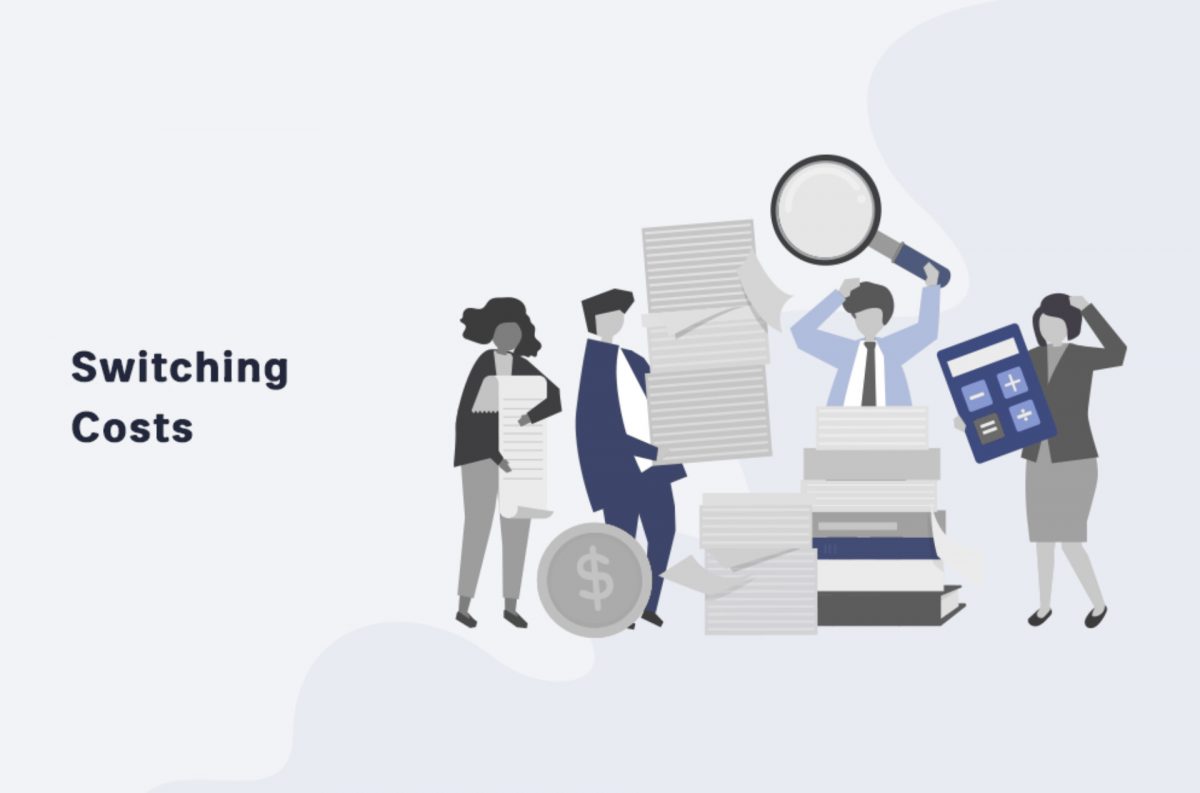Introduction
In the realm of decision-making, our minds are subject to various cognitive biases and fallacies that can often lead us astray. One such powerful mental model is the concept of switching cost. Switching cost refers to the perceived or real expenses, both tangible and intangible, associated with changing from one option to another. These costs can include financial investments, time, effort, emotional attachments, and even social implications. Understanding the switching cost mental model is crucial as it sheds light on how this bias influences our decision-making processes. By recognizing its prevalence and potential pitfalls, we can make more informed choices that align with our best interests.
The Psychology of Switching Cost
The switching cost mental model is deeply rooted in human psychology. As social creatures, we tend to develop attachments and habits that provide us with a sense of comfort and familiarity. Change, on the other hand, often induces uncertainty and disrupts our established routines. Consequently, the perceived switching cost can create a strong resistance to change, even when it is clearly advantageous.
In our day-to-day lives, switching costs are pervasive, affecting decisions in various domains. Whether it’s sticking with a subpar product, staying in an unsatisfying job, or maintaining an unhealthy relationship, we often succumb to the switching cost fallacy. Let’s explore three distinct examples to better understand how this mental model plays out in different contexts.
- Personal Life Decisions: Imagine an individual who has been using a particular smartphone brand for years. Despite the emergence of newer, more advanced models in the market, they resist switching to a different brand due to the perceived cost of learning a new operating system, transferring data, and adapting to a different user interface. This attachment to familiarity prevents them from exploring potentially superior options, leading to missed opportunities for a better user experience.
- Business Scenarios: Companies frequently face the challenge of customer retention due to switching costs. For example, a software company might design its products in a way that makes it difficult for customers to switch to a competitor’s software. By integrating their systems with existing customer infrastructure, offering extensive customer support, or leveraging network effects, they increase the perceived switching costs for customers. This strategy creates a barrier to entry for competitors and encourages customer loyalty, even if better alternatives exist.
- Public Policy-Making: The switching cost bias can also be observed in public policy decisions. Governments may resist changing established policies or regulations due to the perceived cost of altering existing systems, potential backlash from interest groups, or fear of unintended consequences. This can lead to the perpetuation of ineffective or outdated policies, hindering progress and stifling innovation.
Mental Biases and Psychological Underpinnings
Several mental biases contribute to the switching cost mental model. One such bias is the endowment effect, which describes our tendency to overvalue what we already possess. This bias makes the prospect of switching seem even more costly, as we assign additional value to our current options. The status quo bias, another influential factor, compels us to maintain the current state of affairs, fearing the unknown consequences of change.
Moreover, loss aversion plays a significant role in the switching cost mental model. People are often more motivated to avoid losses than to acquire gains, leading to a stronger aversion towards the perceived costs of switching. The sunk cost fallacy, where individuals consider past investments when making decisions, can also amplify the switching cost bias. By factoring in previous investments, we may overvalue current options and underestimate the potential benefits of switching.
Identifying and Avoiding the Switching Cost Trap
Recognizing when we are falling prey to the switching cost bias is essential for making objective decisions. Here are some strategies to help identify and avoid this mental trap:
- Evaluate the true cost: Assess the actual costs involved in switching versus the potential benefits of a different option. Consider both tangible costs, such as financial investments, and intangible costs, such as time and effort required to adapt. Objectively weighing these costs against the potential gains can provide a clearer perspective.
- Seek diverse opinions: Engage in discussions with people who have experience or expertise in the area you are contemplating switching. Their insights can help challenge your preconceived notions and provide a more balanced view of the situation. Additionally, considering multiple perspectives can reveal alternative options that were previously overlooked.
- Experiment and gather data: Conduct small-scale experiments or trials to test alternative options before committing to a full switch. By gathering data and objectively evaluating the results, you can make more informed decisions based on evidence rather than subjective perceptions of switching costs.
- Focus on long-term benefits: Remind yourself of the potential long-term advantages that come with embracing change. Recognize that short-term discomfort or inconvenience may be outweighed by the benefits of improved outcomes, enhanced efficiency, or personal growth.
Conclusion
The switching cost mental model has a profound impact on our decision-making processes, often leading us to make irrational choices contrary to our best interests. By understanding the psychological underpinnings of this bias and recognizing its prevalence in our daily lives, we can navigate decision-making with greater clarity and objectivity. Armed with strategies to identify and mitigate the switching cost trap, we can break free from the shackles of familiarity and make choices that truly align with our goals and aspirations. The journey towards better decision-making begins with awareness and an active effort to avoid this mental trap, ultimately leading to more optimal outcomes in various facets of our lives.
